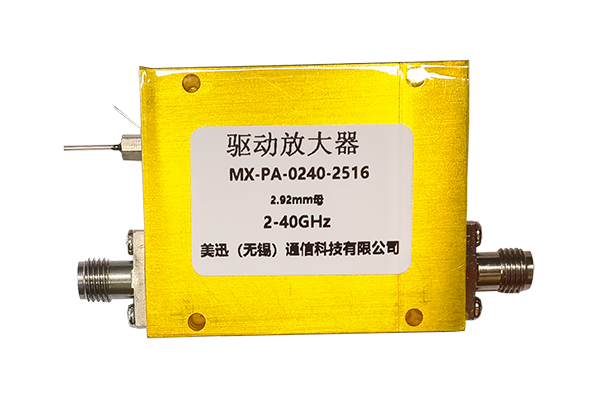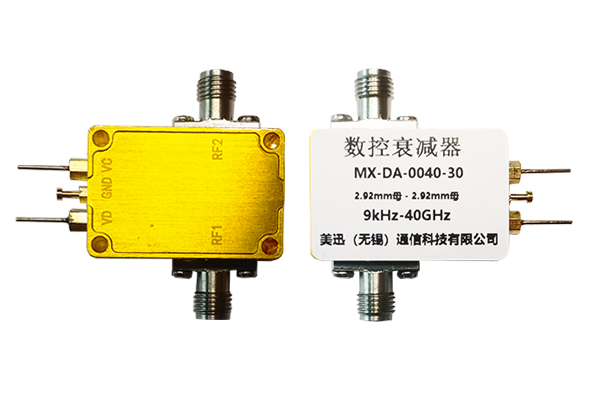
Pin diodes now serve as significant elements in high-bandwidth applications owing to their fundamental material and electrical qualities Their capability to switch quickly between conductive and non-conductive states combined with low capacitance and insertion loss makes them suitable for switches modulators and attenuators. The operative principle for PIN diode switching centers on bias-controlled current modulation. Voltage bias impacts the depletion layer width across the junction and consequently the conduction. Setting different bias levels allows PIN diodes to perform high-frequency switching with minimal distortion
PIN diodes are often used in elaborate circuit arrangements where strict timing and control are essential They are suited to RF filtering arrangements for selective band pass and band stop operations. Their capability to tolerate high-power signals allows deployment in amplifiers power dividers and generator equipment. Miniaturized high-efficiency PIN diodes now find more applications in wireless and radar technologies
Performance Considerations for Coaxial Switch Engineering
Coaxial switch development is multifaceted and calls for precise management of several parameters Coaxial switch effectiveness depends on the switch kind frequency of operation and insertion loss metrics. Optimal coaxial switches balance reduced insertion loss with enhanced isolation between connections
Examining performance entails assessing return loss insertion loss and isolation figures. These metrics are commonly measured using simulations theoretical models and experimental setups. Detailed and accurate analysis underpins reliable functioning of coaxial switches in various systems
- Common analysis methods include simulation tools theoretical analysis and hands-on experiments to study switch performance
- Environmental temperature impedance mismatches and production tolerances can significantly influence switch characteristics
- Cutting-edge developments and emerging trends in switch engineering work to improve performance while shrinking size and reducing power usage
Optimizing LNA Designs for Performance
Maximizing LNA performance efficiency and gain is necessary to secure exceptional signal quality in applications That involves meticulous transistor choice biasing arrangements and topology selection. Sound LNA architectures control noise contributions and support strong low-distortion amplification. Simulation modeling and analysis tools are indispensable for assessing how design choices affect noise performance. The goal is to minimize Noise Figure, reflecting the amplifier’s proficiency in maintaining signal relative to added noise
- Picking transistors known for minimal noise contribution is essential
- Establishing proper bias conditions with optimal settings minimizes noise within transistors
- Circuit topology significantly influences overall noise performance
Using impedance matching noise cancelling structures and feedback control optimizes LNA function
RF Signal Routing with Pin Diode Switches

Pin diode switches provide a versatile and efficient approach for routing RF signals across applications Their high-speed switching lets systems dynamically alter signal routing in real time. Their minimal insertion loss and robust isolation characteristics prevent significant signal degradation. They find use in antenna selection systems duplexers and phased array antennas
The switching behavior is governed by voltage driven modulation of the diode’s resistance. In the off deactivated or open state the diode presents a high resistance path blocking signal flow. Forward biasing the diode drops its resistance allowing the RF signal to be conducted
- Further advantages include fast switching low power requirements and compact design of PIN diode switches
Different architectures and configurations of PIN diode switch networks enable complex routing capabilities. Arranging multiple switches in networked matrices enables flexible routing and dynamic configuration
Coaxial Microwave Switch Assessment and Efficacy

Evaluation and testing of coaxial microwave switches is vital for verifying correct operation in electronic networks. Many factors such as insertion reflection transmission loss isolation switching speed and spectrum range govern switch performance. A full evaluation process measures these characteristics under various operating environmental and test conditions
- Additionally the assessment should examine reliability robustness durability and the ability to endure severe environmental conditions
- In the end the outcome of rigorous evaluation supplies essential valuable and critical information for switch selection design and optimization
Minimizing Noise in LNA Circuits A Comprehensive Review
LNA circuits play a crucial role in wireless radio frequency and RF systems by boosting weak inputs and restraining internal noise. This review article offers an in-depth examination analysis and overview of LNA noise reduction approaches. We explore investigate and discuss principal noise contributors like thermal shot and flicker noise. We additionally assess noise matching feedback architectures and optimal bias strategies to curtail noise. It highlights recent progress including advanced semiconductor materials and novel circuit topologies that cut noise figure. By giving a clear understanding of noise reduction principles and practices this article aims to assist researchers and engineers in developing high performance RF systems
PIN Diode Applications in High Speed Switches

Their remarkable unique and exceptional electrical traits make them apt for high speed switching systems Reduced capacitance and low resistance yield fast switching performance suitable for strict timing control. Additionally PIN diodes show a linear adaptive response to voltage facilitating accurate amplitude modulation and switching behavior. The combination of adaptability versatility and flexibility makes them suitable applicable and appropriate across many high speed applications Use cases cover optical communications microwave circuitry and signal processing devices and equipment
Integrated Circuit Solutions for Coaxial Switching
Coaxial switch integrated circuits deliver improved signal routing processing and handling within electronic systems circuits and devices. Specialized ICs manage control and direct signal transmission through coaxial cables ensuring high frequency performance and minimal propagation latency. Integrated circuit miniaturization creates compact efficient reliable and robust designs favorable for dense interfacing integration and connectivity use cases
- With careful meticulous and rigorous execution of these strategies designers can obtain LNAs exhibiting excellent noise performance for sensitive reliable systems Through careful meticulous and rigorous implementation of these approaches engineers can achieve LNAs with exceptional noise performance supporting sensitive reliable systems By meticulously carefully and rigorously adopting these practices designers can deliver LNAs with excellent noise performance supporting reliable sensitive systems By carefully meticulously and rigorously applying these approaches designers can realize LNAs with outstanding noise performance enabling sensitive reliable electronic systems
- Use scenarios include telecommunications data communication systems and wireless networks
- Coaxial switch IC implementations support aerospace defense and industrial automation applications
- Application examples include consumer electronics audio video products and test measurement systems
LNA Design Challenges for mmWave Frequencies

Designing LNAs for mmWave bands is challenging because of increased signal loss and pronounced noise contributions. At millimeter wave ranges parasitics dominate so meticulous layout and selection of components is essential. Minimizing input mismatch and maximizing power gain are critical essential and important for LNA operation in mmWave systems. Device selection including HEMTs GaAs MESFETs and InP HBTs plays a decisive role in attaining low noise figures at mmWave. Furthermore the design and optimization of matching networks is crucial to securing efficient power transfer and impedance match. Managing package parasitics is required to avoid degradation in mmWave LNA operation. Adopting low loss transmission media and careful ground plane strategies is essential necessary and important to cut reflections and retain bandwidth
Characterize and Model PIN Diodes for RF Switching Applications
coaxial switchPIN diodes perform as significant components elements and parts across various RF switching applications. Precise accurate and comprehensive characterization of these devices is essential to support design development and optimization of reliable high performance circuits. That entails analyzing evaluating and examining electrical voltage and current characteristics such as resistance impedance and conductance. Their frequency response bandwidth tuning capabilities and switching speed latency or response time are likewise measured
Moreover additionally furthermore creating accurate models simulations and representations for PIN diodes is crucial essential and vital to forecast behavior in RF systems. Different modeling methods like lumped element distributed element and SPICE models exist. The choice of model simulation or representation hinges on the specific application requirements and the desired required expected accuracy
Sophisticated Advanced Methods for Minimal Noise Amplifiers
Developing LNAs involves diligent consideration of circuit topology and components to obtain optimal noise performance. Recent advances in semiconductor tech have unlocked innovative groundbreaking sophisticated LNA design techniques that diminish noise greatly.
Some of the techniques include using implementing and employing wideband matching networks selecting low noise transistors with high intrinsic gain and optimizing biasing schemes strategies or approaches. Furthermore additionally moreover advanced packaging methods and thermal management solutions play a vital role in reducing external noise contributions. Through careful meticulous and rigorous application of such methods engineers can design LNAs with top tier noise performance enabling dependable sensitive systems
